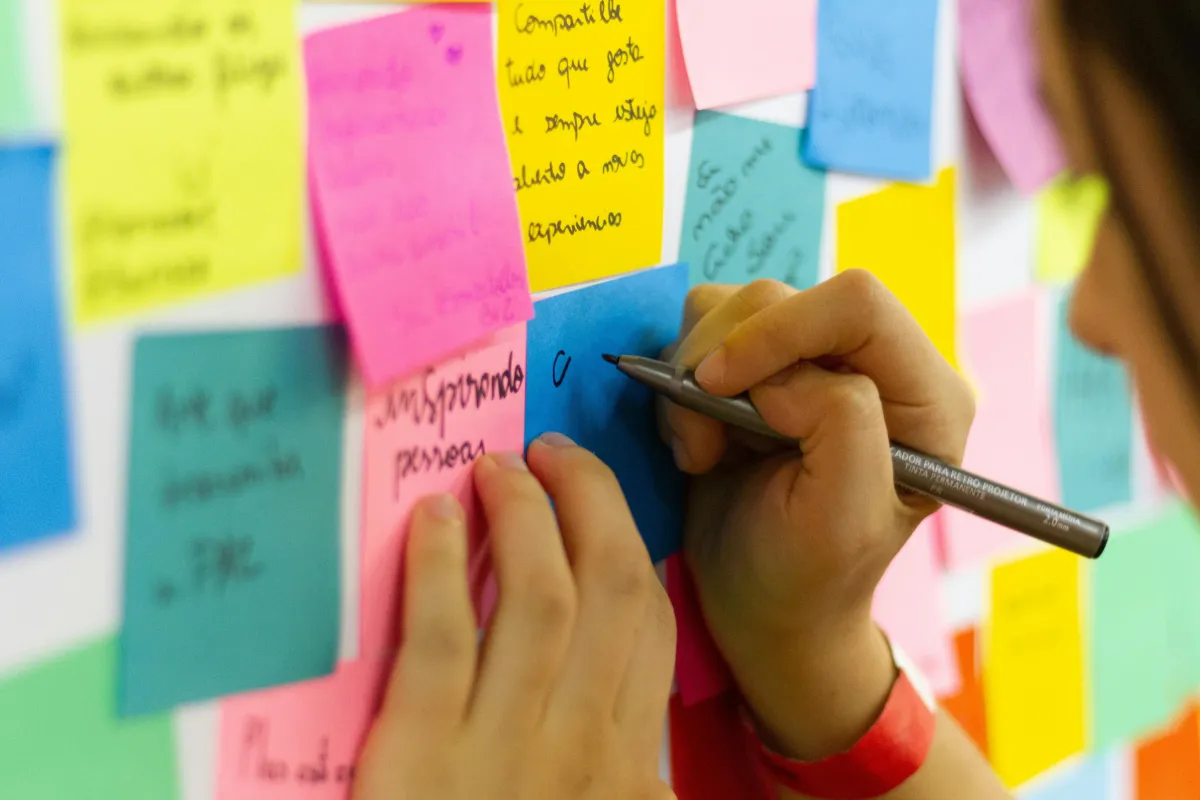
Understanding the Basics of Grounded Theory
In the buzzing worlds of UX design, service design, product ownership and marketing, one thing remains constant: understanding user behaviour is the name of the game.
But how do you truly get into the minds of your users? How do you uncover their hidden motivations, needs, and desires?
Enter Grounded Theory; a brilliant, systematic approach to qualitative research that helps you build theories based not on guesses or assumptions, but on real-world data. It’s a bit like piecing together a jigsaw puzzle, one insight at a time.
Mastering Grounded Theory doesn't just make you a better researcher. It gives you a competitive edge, helping you spot nuanced patterns in consumer behaviour that others might miss.
So, if you're ready to dive into the fascinating world of Grounded Theory; where every data point has a story to tell, let’s get started.
The Origins of Grounded Theory
Grounded Theory made its grand entrance in the 1960s, courtesy of sociologists Barney Glaser and Anselm Strauss.
They spotted a major gap: most research started with a theory and then tried to squeeze the data to fit. But real life is rarely so tidy. So they flipped the approach on its head: start with the data, let it speak, and build your theory from the ground up.
This was a game-changer. And today, Grounded Theory is widely used across psychology, education, healthcare, and of course, consumer research.
Why Grounded Theory Matters in Qualitative Research
Grounded Theory sits firmly in the world of qualitative research; that rich, messy, glorious field that explores the why behind human behaviour.
Unlike cold numbers or broad surveys, Grounded Theory digs deep into emotions, motivations and experiences. It's perfect for messy social processes that can't easily be boxed into neat little charts.
And the best part? It’s flexible. It's not about rigid steps or ticking boxes, it's about curiosity, pattern-spotting, and storytelling rooted firmly in reality.
In a world obsessed with big data, Grounded Theory reminds us: behind every metric is a living, breathing human.
How Grounded Theory Actually Works
Grounded Theory isn't just "collect some interviews and hope for the best." It’s a structured process made up of three main coding stages:
1. Open Coding: Break It Down
Start by pulling apart your data. Examine it line-by-line, tagging bits that seem important or interesting. You’re looking for emerging themes, anything from frustrations to desires to surprising contradictions.
It’s called "open" coding for a reason: keep an open mind. Forget your assumptions and let the data guide you.
2. Axial Coding: Connect the Dots
Next comes axial coding, the stage where you start connecting the pieces. What links different comments together? Are there common causes, effects, motivations?
It’s a bit like standing back from the puzzle and spotting which edges fit where.
3. Selective Coding: Tell the Story
Finally, selective coding pulls it all together. Here, you find the core category, the central thread that holds everything else together.
This is where you start telling the real story: not just isolated insights, but a coherent narrative that explains what's going on beneath the surface.
The Iterative Nature of Grounded Theory
Unlike other methods where you "collect data first, analyse later," Grounded Theory is refreshingly iterative.
You collect a bit of data → you analyse → you adjust what you’re looking for → you collect some more → and so on.
This back-and-forth keeps you nimble. It means you can spot new angles and shift your focus as fresh insights emerge.
And underpinning it all is the idea of constant comparison: every new piece of data gets compared with what you’ve already seen, helping you refine your categories until they really fit.
Grounded Theory in Action
Grounded Theory isn’t just for academics. In fact, it’s incredibly practical across industries.
UX Designers use it to uncover hidden frustrations and unmet needs, leading to interfaces that actually make sense.
Service Designers apply it to spot friction points across customer journeys and redesign experiences accordingly.
Product Owners leverage it to prioritise features that users actually want (rather than what stakeholders think they want).
Marketers tap into it to create messaging that resonates on a deep, emotional level.
Wherever there are humans interacting with products, services, or systems, Grounded Theory shines.
Overcoming the Common Challenges
Now, let's be honest: Grounded Theory isn't a walk in the park.
Massive Amounts of Data
You'll collect a mountain of data. It can feel overwhelming. Careful organisation (and a healthy amount of tea) helps massively.
Bias Creeping In
It’s tempting to see what you want to see. But the magic of Grounded Theory lies in letting the data lead you, not bending it to fit your pet theories.
Time, Time, and More Time
Proper Grounded Theory takes time, no shortcuts allowed. But the depth of insight you gain more than pays off in the end.
Grounded Theory and the Future of AI
In a world hurtling towards AI everything, is there still room for a hands-on, human-centric method like Grounded Theory?
Absolutely.
While AI can crunch vast quantities of data at lightning speed, it can’t (yet) truly understand nuance, emotion, or the messy realities of human life. Grounded Theory keeps us anchored to what really matters: people.
Used together, AI and Grounded Theory can be a powerful duo: tech for efficiency, humans for empathy and meaning.
Conclusion: The Competitive Edge of Grounded Theory
In a market that's faster, noisier, and more crowded than ever, Grounded Theory offers a real competitive edge.
It’s not about finding quick wins. It’s about building deep, authentic understanding, and using that insight to create better products, services, and experiences.
In short: if you want to stay relevant, grounded, and genuinely user-centred, it’s time to get your hands dirty with Grounded Theory.
Want to Get Better at All This?
Check out our courses in consumer psychology and behavioural design.
Learn how to apply these principles to real-world problems and build experiences that actually change behaviour.
